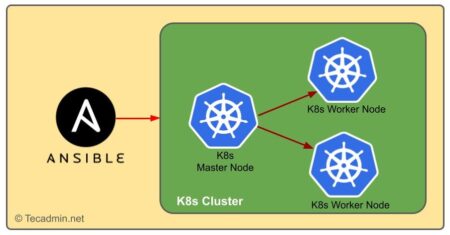A high-availability cluster is a type of computing system that is designed to ensure that critical services and applications remain available to users with minimal downtime. It consists of multiple servers, or nodes, that are configured to work together to provide a single, unified service or application. If one node fails, the other nodes take over to ensure that the service or application remains available to users.
There are several different types of high-availability clusters, including active-passive, active-active, and hybrid clusters.
- An active-passive cluster consists of one active node that handles all requests and one or more passive nodes that are in standby mode. If the active node fails, the passive node(s) take over and become the active node(s). This type of cluster is simple and easy to set up, but it can lead to downtime if the failover process takes too long.
- An active-active cluster consists of multiple active nodes that handle requests simultaneously. This type of cluster offers improved performance and scalability, but it can be more complex to set up and manage.
- A hybrid cluster combines elements of both active-passive and active-active clusters. It typically includes one or more active nodes that handle requests and one or more passive nodes that are in standby mode. If an active node fails, the passive node(s) take over and become active, providing failover protection.
High-availability clusters are used in a variety of environments, including mission-critical applications, web servers, and databases. They are an important tool for ensuring the continuous operation of services and applications, as well as protecting against data loss and downtime.
To achieve high availability, clusters often use specialized software and hardware components, such as load balancers, storage area networks (SANs), and redundant power supplies. They may also utilize failover protocols, such as the Heartbeat protocol, to monitor the health of the nodes and initiate a failover if necessary.
In summary, a high-availability cluster is a system that is designed to ensure that critical services and applications remain available to users with minimal downtime. It consists of multiple servers, or nodes, that are configured to work together and provide failover protection in the event of a node failure. High-availability clusters are used in a variety of environments and can be an important tool for ensuring the continuous operation of services and applications.

